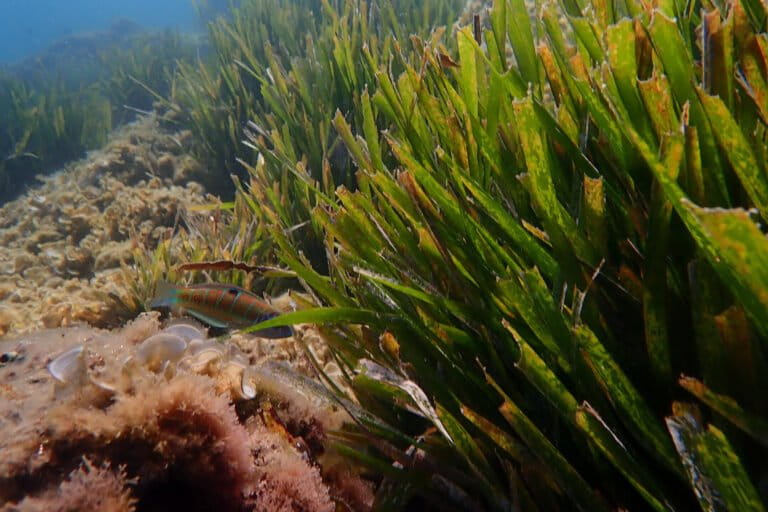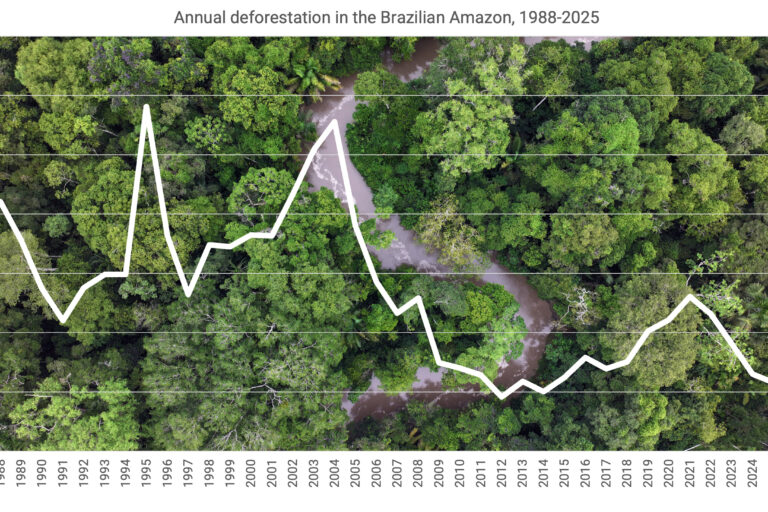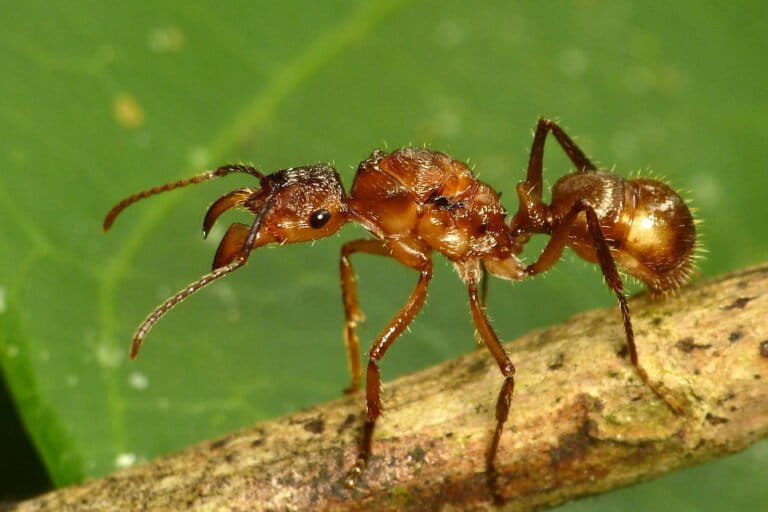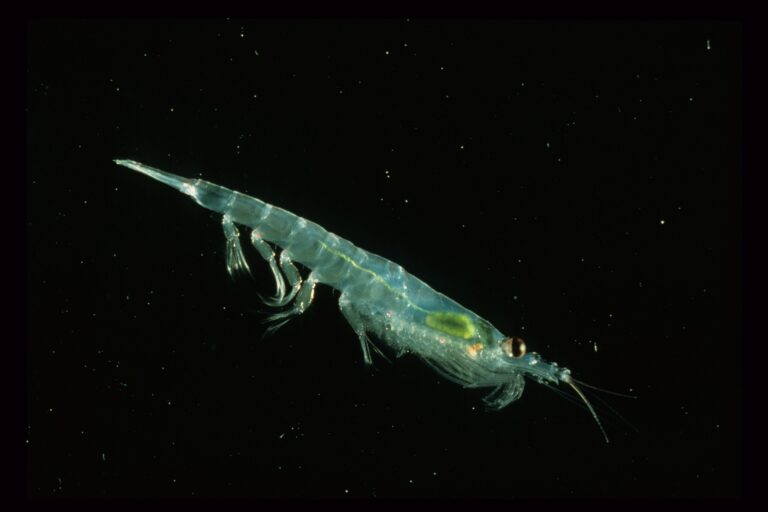- Brazilian researchers have opened a new front in the search for a reliable timber tracking system by using chemical analysis to determine where a tree was grown.
- The technique relies on identifying a wood sample’s chemical signature, which can then be matched against various known soil profiles to narrow down its origin.
- As the technology evolves, the researchers say they hope to combine it with stable isotope analysis to increase the precision of timber tracking.
- Most timber provenance inspections in Brazil rely on public documents whose information can easily be faked by illegal loggers.
Unlike land grabbers and illegal cattle ranchers, who knock thousands of hectares of trees down within a few weeks, illegal loggers leave more discreet trails in the rainforest. Their job is to open winding roads leading directly to the most commercially valuable trees.
“They open up roads of up to 200 kilometers [124 miles] in the middle of the forest just to look for an ipê,” Edevar Sovete, an analyst at IBAMA, the Brazilian environmental agency, told Mongabay, referring to the Amazon’s most targeted tree species.
Tracking the origin of this illegal timber is also a winding path. Brazilian environmental authorities rely mostly on what’s known as the forest origin document (DOF), which is supposed to register the timber’s journey from forest management plan to sawmill and up to the last buyer.
However, illegal loggers are experts in defrauding the DOF system. One common strategy is to falsely declare wood taken from Indigenous territories or conservation areas, where logging is illegal, as having been sourced from a legal forest management area. This fraud is widespread, with studies showing up to 40% of the timber extracted from the Brazilian Amazon is illegal.
“These documents are very outdated and completely susceptible to tampering, which happens a lot in Brazil,” Gabriele Moreira, a researcher at the University of São Paulo’s Center for Nuclear Energy in Agriculture (CENA-USP), told Mongabay.

By comparing the information declared in official documents with high-resolution satellite imagery, investigators can often verify whether loggers are lying on their DOFs. If a company claims to have taken 1,000 cubic meters (about 35,300 cubic feet) of wood from an area that has no visual signs of logging, for instance, it’s evidence that this timber came from somewhere else.
But establishing where that somewhere else is turns out to be a much trickier task. To tackle it, research institutes from throughout Brazil have teamed up with government agencies to find ways of tracking the origin of timber.
The most recent advancement comes from Moreira’s research at CENA, which relies on chemical element analysis to determine where a tree was taken from. Her first findings, published in September in the journal Trees, Forests and People, focused on ipê, the blanket name for several species of tree in the genus Handroanthus. A highly coveted tropical hardwood, it can sell for up to $3,500 per cubic meter (about $100 per cubic foot) in the international market for high-end and high-durability applications such as pool decks, furniture, flooring, ceiling panels, and boat decks.
Moreira’s team looked at samples of the wood from a legal forest management plan inside Tapajós National Forest, in Pará state. Their first feat was confirming the presence of chemical elements, especially strontium, that differ across the more than 100 species of ipê. For inspectors on the ground, this is already useful information.
“We find it very difficult to identify the species being shipped,” said Sovete, who works at IBAMA’s specialized plant inspection center. “Ipê species have very similar characteristics, so sometimes the logger sells one species as if it were another.”

The researchers’ ultimate goal is to use this technique to find the origin of the timber, since the chemical signature in each sample differs according to the kind of soil the tree grew in. The idea is especially promising in a country with a vast array of soils. “The plan is to use this large mosaic of soil composition to try to attribute the variability of the soil to the variability of the woods that have grown in these particular regions,” Moreira said.
“Brazil is one of the best countries in the world when it comes to soil classification, and we have maps with extremely high resolutions,” said Gabriela Nardoto, president of the National Forensic Isotope Network and a professor of ecology at the University of Brasília. “This can bring great benefits to our work,” she told Mongabay.
Nardoto also studies timber tracking methods, but using the stable isotope method. This technique has been developed for more than four years alongside partners like The Nature Conservancy and Google and is already being applied by the Federal Police in investigations into the supply chains of timber and gold.
Unlike chemical elements, isotopes don’t vary in relation to the soil but to other regional characteristics. “Natural processes such as photosynthesis, rainfall and water evaporation differentiate how much each of these isotopes will be incorporated into the plant’s tissue,” Nardoto says. “That’s why we were able to do this tracking.”

Isotope analysis can already indicate with relative precision the origin of a timber sample within a radius of up to 100 kilometers (60 miles). With the new advances in chemical research, investigators say they hope to refine the precision even more.
“The scenario we’re envisioning is complementary,” Nardoto said. “For example, isotopes will tell us that certain wood came from the west of Mato Grosso [state], but we don’t know if it came from an Indigenous territory. With the soil map and these chemical analyses, we can zoom in and put our finger on the right area.”
She noted that these analyses are done in the laboratory and aren’t yet designed for daily inspections on the ground. To date, they’ve been used for large investigations or screening of wood shipments at ports, for example.
“We need to unite the different analytical platforms in order to reduce the discrimination radius,” Moreira says, adding she believes this large database will be ready within four years. “The Amazon is the largest rainforest in the world, and the eyes of the world are on us, so the country is increasingly dependent on the development of these tools to have international credibility.”
Banner image: Researchers have found out that the chemical signature of wood samples varies according to the kind of soil the tree grew in, which may help investigators trace illegal timber back to its origins. Image by Christian Braga for Greenpeace.
Amazon Fraud 101: How timber credits mask illegal logging in Brazil
Citation:
Moreira, G. R., De Nadai Fernandes, E. A., Bacchi, M. A., Gonzaga, C. L., & Lima, R. C. (2024). Elemental profile of Ipê species to support timber tracing in Amazon Rainforest. Trees, Forests and People, 18, 100689. doi:10.1016/j.tfp.2024.100689
FEEDBACK: Use this form to send a message to the author of this post. If you want to post a public comment, you can do that at the bottom of the page.














